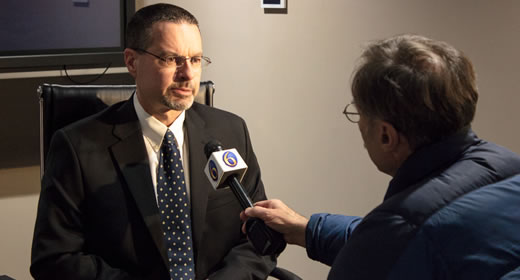
As the Michigan economy improves, some local leaders are facing the welcome task of deciding how to allocate funds from budget surpluses. A University of Michigan Ford School survey, "Responding to budget surplus vs. deficit: the preferences of Michigan's local leaders and citizens," found that Michigan's local government leaders and residents are often united on how to handle a surplus. Both groups say their highest priority is spending more on public services and infrastructure.
But while fiscal health improves for some jurisdictions, it continues to decline for hundreds of others. When it comes to dealing with a budget deficit, local leaders and residents are both slightly more likely to want services preserved rather than cut, using rainy day savings or even tax increases in about 10 percent of cases.
"Both local officials and residents feel it's important to make up for funding cuts in public services and infrastructure that occurred during the recession," said Tom Ivacko, administrator of the Ford School's Center for Local, State and Urban Policy. "Where they differ a bit is in tax relief when a jurisdiction has a budget surplus."
The findings are based on statewide surveys of local government leaders in the Michigan Public Policy Survey along with data from Cobalt Community Research's 2015 National Citizen Engagement and Priority Assessment.
The MPPS found that to allocate a budget surplus, 49 percent of local officials would spend the extra money on public services or infrastructure. Another third would save for future uses, 12 percent would pay down government debt, and 3 percent would return the money to taxpayers through tax breaks.
The Cobalt survey found that 42 percent of Michigan residents would spend it on services or infrastructure, 20 percent would reduce taxes, 14 percent would pay down government debt, and 10 percent would save the money for future uses.
MPPS surveys were sent in April-June via hard copy and the Internet to elected and appointed officials in Michigan. A total of 1,328 jurisdictions returned valid surveys, a 72-percent response rate. The margin of error was 1.4 percent. The Cobalt survey was conducted from Feb. 23 to April 20, 2015 and had responses from 321 respondents in Michigan. The margin of error for the Cobalt survey was 5.5 percent.
December 9 release by Greta Guest ([email protected]) for Michigan News.
More news from the Ford School